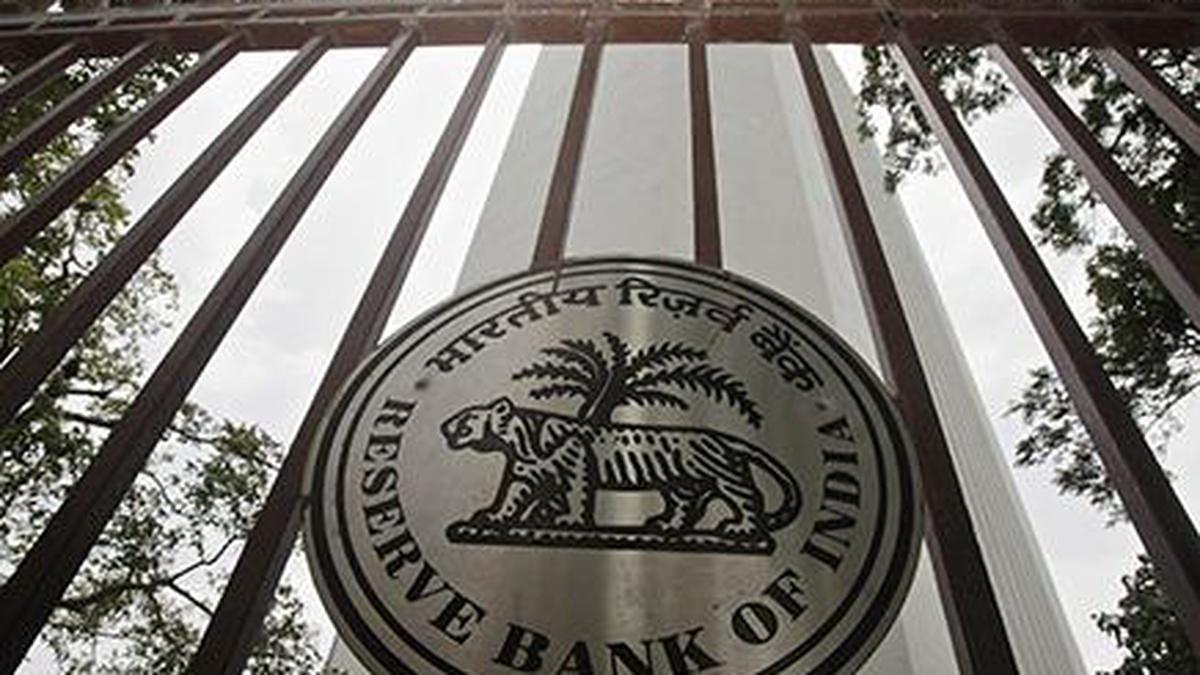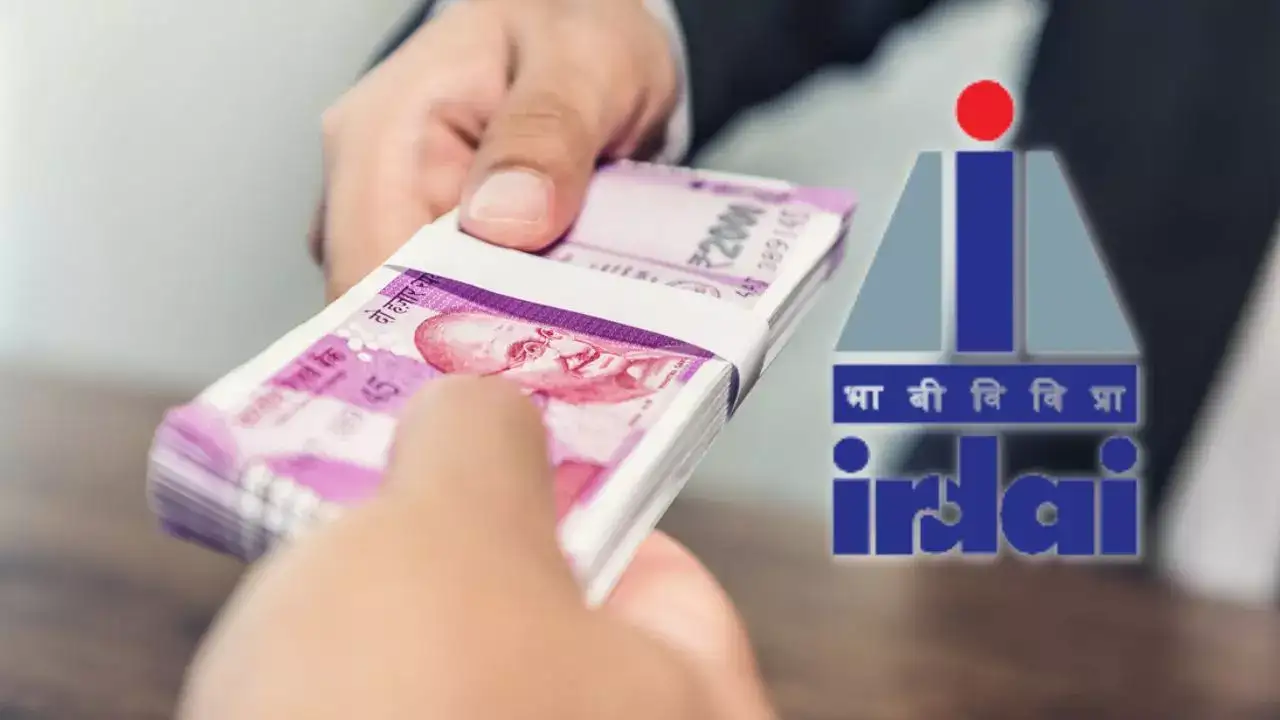Navigating RBI’s Priority Sector Lending Guidelines: Strategic Compliance for Financial Institutions
Introduction
The Reserve Bank of India’s Master Direction on Priority Sector Lending (PSL) represents a cornerstone policy that channels credit flow to crucial sectors of the economy. These guidelines ensure that financial institutions direct a significant portion of their lending to sectors that are vital for economic development but might otherwise remain underserved by conventional lending practices.
What is Priority Sector Lending?
Priority Sector Lending refers to the RBI’s mandate that requires banks to allocate a specified percentage of their Adjusted Net Bank Credit (ANBC) to designated sectors considered vital for economic development. These include agriculture, micro, small and medium enterprises (MSMEs), export credit, education, housing, social infrastructure, renewable energy, and others.
Why is Priority Sector Lending Required?
- Ensures equitable distribution of credit across economic sectors
- Promotes financial inclusion of marginalized segments
- Supports economic growth in critical but underserved areas
- Facilitates balanced regional development
- Aligns banking operations with national development objectives
Key Requirements Under PSL Guidelines
Overall Targets
- Domestic commercial banks (including foreign banks with 20+ branches): 40% of ANBC
- Foreign banks with less than 20 branches: 40% of ANBC (phased approach)
- Small Finance Banks: 75% of ANBC
- Regional Rural Banks: 75% of ANBC
- Urban Cooperative Banks: 40% of ANBC
Sector-Specific Sub-Targets
Agriculture
- 18% of ANBC for domestic commercial banks
- Small and marginal farmers: 8% of ANBC
- Individual farmers’ credit limit: ₹20 lakh for classification under PSL
Micro, Small and Medium Enterprises (MSMEs)
- 7.5% of ANBC for micro enterprises
- Manufacturing enterprises as defined by MSMED Act, 2006
- Service enterprises based on investment in equipment
Housing
- Individual housing loans up to ₹35 lakh in metropolitan areas
- Individual housing loans up to ₹25 lakh in other centers
- Housing for Economically Weaker Sections (EWS) and Low Income Groups (LIG)
Education
- Education loans up to ₹20 lakh for studies in India
- Education loans for studies abroad with specified limits
- Inclusion of vocational education and training
Social Infrastructure
- Bank loans up to ₹5 crore per borrower for building social infrastructure
- Schools, healthcare facilities, drinking water facilities, and sanitation
- Projects in Tier II to Tier VI centers given preference
Renewable Energy
- Bank loans up to ₹30 crore for solar, biomass, wind power generators
- Loans for renewable energy projects for household use up to ₹10 lakh
Differential Applicability Across Financial Institutions
Scheduled Commercial Banks
- Full compliance with overall and sector-specific targets
- Quarterly monitoring and annual achievement assessment
- Participation in Priority Sector Lending Certificates (PSLCs) trading
NBFCs by Asset Size
- NBFC-Upper Layer: Co-lending arrangements with banks for PSL
- NBFC-Middle Layer: Optional PSL reporting for co-lending benefits
- NBFC-Base Layer: No direct PSL obligations but can participate in specialized schemes
Small Finance Banks
- Higher PSL target of 75% with focus on small-ticket loans
- At least 50% of loan portfolio as loans up to ₹25 lakh
Regional Rural Banks
- Special focus on agriculture and allied activities
- Customized targets for specific regional development needs
Penalties for Non-Compliance
- Contribution to Rural Infrastructure Development Fund (RIDF) for shortfalls
- Higher contribution rates for consistent underachievement
- Enhanced supervisory engagement and mandatory action plans
- Impact on banking license renewal and expansion approvals
- Negative consideration in performance evaluations by regulators
Recent Updates and Amendments
- Inclusion of startups under MSME category
- Fresh classification of districts for PSL-SC/ST
- Revised lending norms for solar power-based agricultural pump sets
- Expanded scope for agricultural value chain financing
- Integration with TReDS platform for MSME bill discounting
Industry Best Practices
- Geographic Information System (GIS) mapping for targeted lending
- Dedicated PSL monitoring teams and dashboards
- Specialized products designed for PSL-eligible segments
- Strategic PSLC trading to optimize returns on excess achievements
- Partnerships with sector-specific financing institutions
Conclusion
RBI’s Master Direction on Priority Sector Lending continues to evolve, balancing developmental objectives with commercial viability. Financial institutions that strategically integrate PSL requirements into their overall business models stand to benefit from both regulatory compliance and the vast untapped potential these sectors represent.














